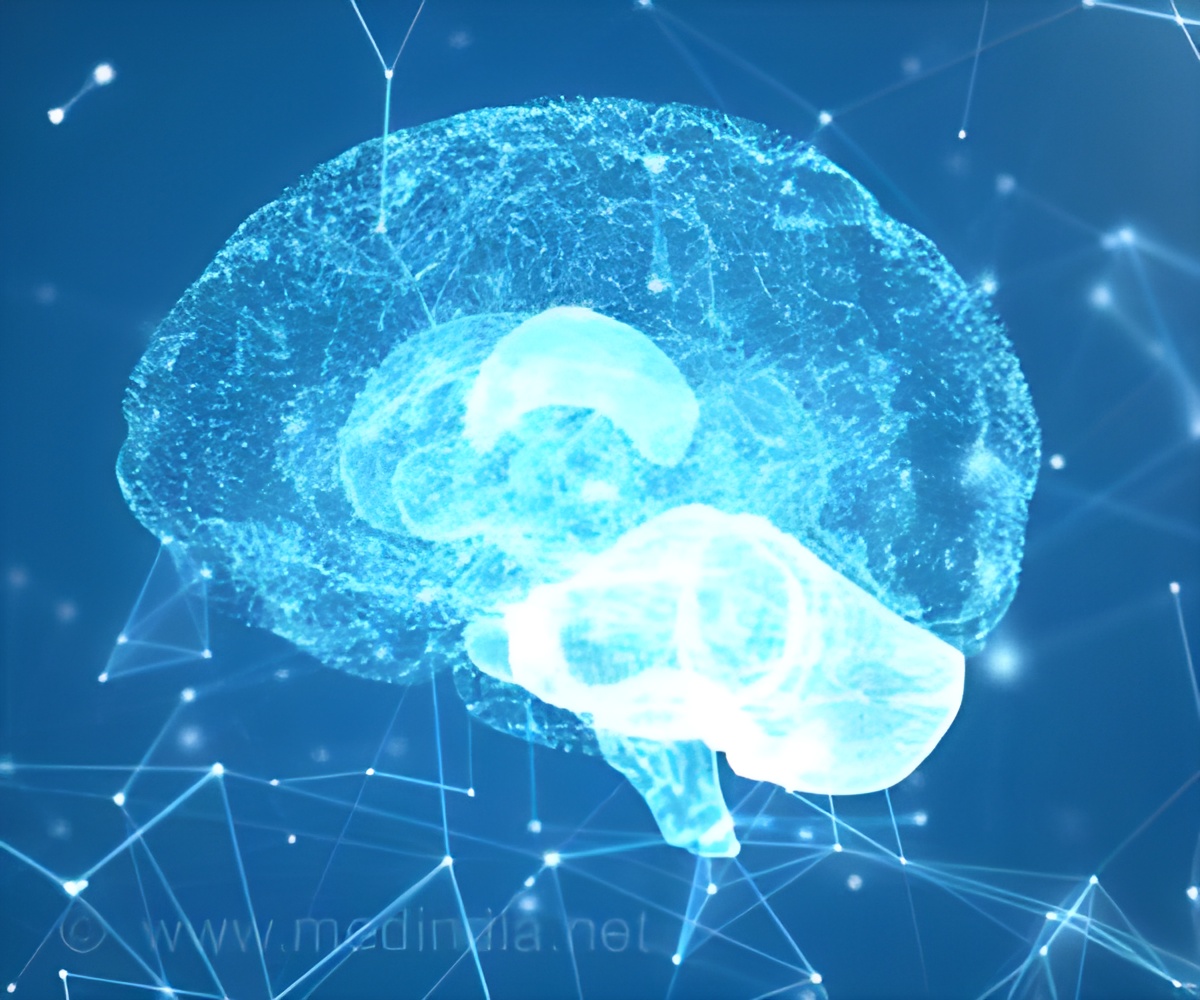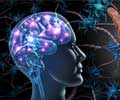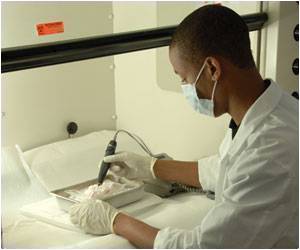Skin cells from patients with Huntington's disease transformed into the type of brain cell that is affected by the disorder.

‘By using direct conversion, skin cells from a patient with Huntington’s disease were transformed into neurons that mimic Huntington’s affected neurons in adult patients.’





"This is a powerful tool to investigate the reasons why particular brain cells with the disease-associated mutation become sick over time and eventually die," said senior author Andrew S. Yoo, PhD, an assistant professor of developmental biology. "In theory, we could model progression of the disease by reprogramming skin cells from patients at a range of ages, including before symptoms begin. And if there are drugs or compounds that may help these patients, we can test them first in this system." Huntington's disease and other inherited brain conditions are challenging to study because it is difficult to obtain samples of neurons from living patients. Seeking the next best thing, scientists have found ways to transform skin cells into brain cells.
Skin cells are easy to collect from patients and share the same genetic blueprint -- and disease-causing mutations -- as brain cells. The researchers, including first author Matheus Victor, PhD, a postdoctoral research associate, set out to generate neurons that would mimic those of adult patients in order to model the onset and progression of Huntington's disease. They achieved this goal with a direct conversion method they developed.
The method allows skin cells to bypass the stem cell stage as they are being reprogrammed into neurons. Passing through a stem cell stage resets the developmental clock to an embryonic-like state, wiping out the age-associated effects of the disorder. But the directly reprogrammed neurons retain their age, along with the problems associated with adult-onset Huntington's disease, according to Yoo and his colleagues.
In the direct reprogramming, the researchers exposed the adult skin cells to a specific mix of signaling molecules the scientists' past research had found would convert healthy skin cells directly into a type of brain cell called medium spiny neurons, without intermediate steps along the way. This signaling cocktail repackages the DNA, folding up the instructions for skin cells and unfurling the instructions for neurons. In this method, the resulting reprogrammed medium spiny neurons retain the patient's chronological age, along with age-associated symptoms of the disorder.
Advertisement
With a focus on understanding the details of how the disease progresses to cause cell death, Yoo and his colleagues identified another important protein. The protein, called SP9, was known to be important for normal medium spiny neurons, but it had not previously been associated with Huntington's disease. The researchers found significantly less SP9 in the transformed medium spiny neurons from Huntington's patients. They performed an experiment in which they gave back SP9 to the diseased cells and found that returning this protein to the diseased neurons reduced cell death to levels similar to healthy control cells.
Advertisement
Source-Eurekalert













